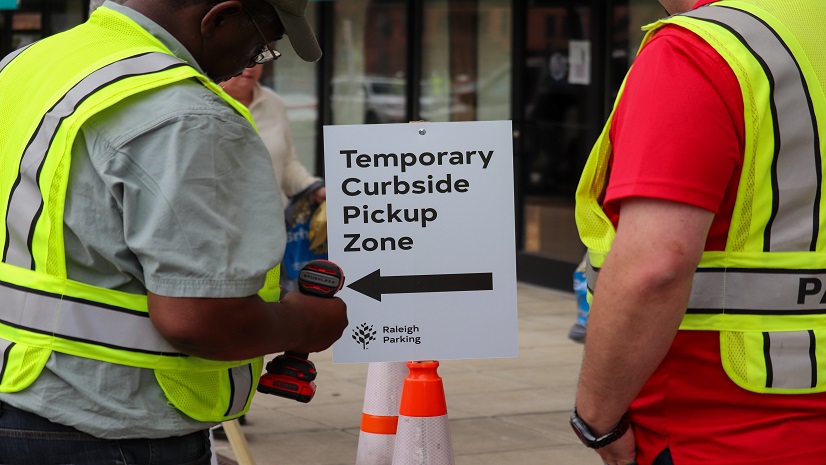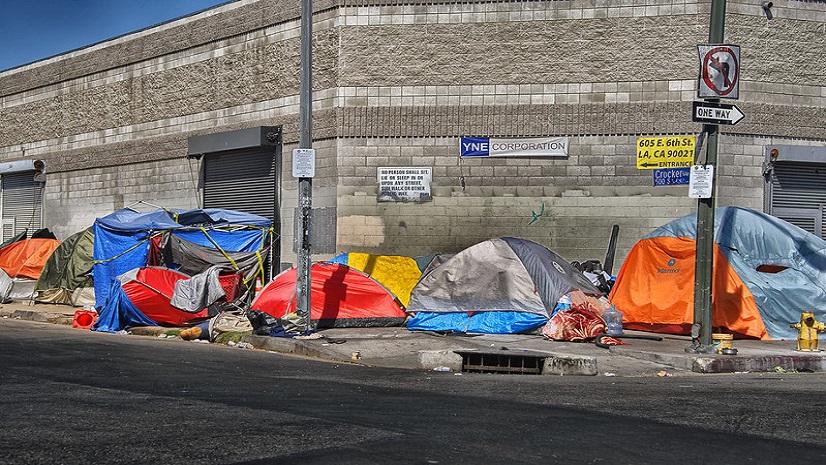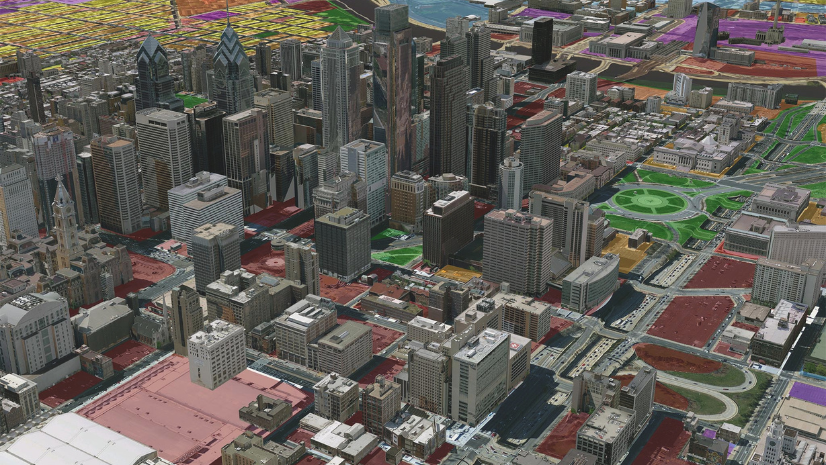Last Friday afternoon saw the conclusion of the APA’s 2021 National Planning Conference. For the second year in a row, this was a virtual conference, but with some clear improvements over last year’s conference.
- We’ll get the negative out of the way early. You can’t avoid the obvious. Virtual conferences are getting old. There are some benefits to them. You don’t have to get travel approved. There are no delays or over-priced food in airports to deal with. But, there’s no getting around the fact that it’s just not the same when you’re not there in person. From networking to presentations to…oh, I don’t know…hands-on GIS workshops, being there in person is much more preferable. Hopefully, we can get together in person in San Diego next year. That said…
- The way the sessions were laid out provided more opportunities for attendees to see a wider variety of sessions. Many of the sessions were available on-demand, meaning you didn’t have to make a choice between two live sessions all the time.
- As expected, there was a strong emphasis on equity in NPC 21, from where resources needed to be allocated, to how modern planning initiatives could rectify the redlining practices established nearly a century ago, to how economic opportunities could be included in neighborhood design and revitalization. I think the good news is that this isn’t really a new vision for the planning profession. It’s been a tenet of planners for years, but the events of the last couple of years have brought them to the forefront.
- Along those lines, one of Valerie Jarrett’s best points in her opening keynote was affordable housing doesn’t work in a vacuum. Assigning the location for and designing sustainable affordable housing in and of itself is not enough. It needs to be integrated around a sustainable strategy for economic mobility. We can’t insure everyone has the same economic results. People are different and have different definitions of success, different goals, and so forth. But planners, administrators, elected officials, and developers can work towards equitable economic opportunity. That’s what a sustainable economic mobility provides.
- I noticed a couple of sessions mentioning the use of AI and ML, particularly in terms of blight remediation. This won’t be the last conference where we see these, and for good reason. It’s another way to provide planners the information and the tools they need to equitably design for the future.
- Web GIS is playing an increasingly prominent role in planning, and it was evident in many of the sessions at NPC 21. Boston Planning and Development Agency uses ArcGIS Urban to model proposed developments. Forward Pinellas uses StoryMaps to crowdsource public input about transportation plans. Tega Cay, South Carolina uses ArcGIS Online to map existing and analyze proposed bike and pedestrian infrastructure plans. The bottom line is that GIS is accessible to planners (and other non-GIS professionals) to help design better communities for their residents without having to be a GIS expert.
- Finally, Petra Hurtado’s (APA) and Heather Hannon’s (Lincoln Institute of Land Policy) session on the Drivers of Change the Future of Planning was outstanding. APA’s approach to foresight is spot on and will serve the planning profession well going forward.
If you attended, I’d be interested to get your thoughts about the conference. Feel free to e-mail me at kcooke@esri.com. Looking forward to an in-person conference in San Diego next year!





